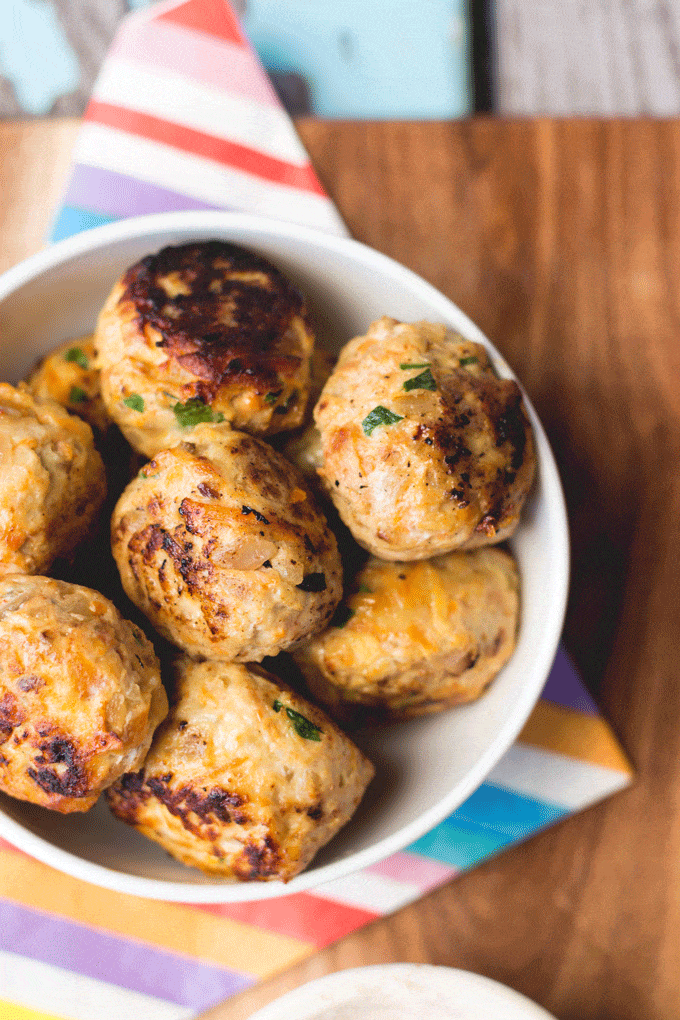School lunches are meals provided to students during school hours, in the middle of the school day. They are an integral part of educational systems worldwide, serving not only to satisfy hunger but also to support the nutritional needs of students, promoting better health and enhancing cognitive function necessary for learning.


The content, quality, and structure of school lunches can vary significantly between countries and even among schools within the same region, influenced by local food availability, cultural preferences, and government policies. Some countries have programs that provide free or subsidized school meals to ensure that every child has access to nutritious food, recognizing the link between a healthy diet and academic performance.
Overall, school lunches play a critical role in educational environments by helping to maintain balanced nutrition among students and fostering social interactions during meal times.
Emphasize Variety
Ensure that each lunchbox contains a diverse range of food groups, including fruits, vegetables, proteins, and grains. This variety not only provides balanced nutrition but also keeps meals interesting for children. Mixing different textures and flavors can make lunches more appealing and less predictable.
Involve Your Child in the Planning
Encourage your child to participate in selecting and planning their lunches. This involvement can increase their interest in eating what’s packed and help them learn about healthy food choices. Discuss their preferences and introduce them to new foods gradually.
Opt for Whole Foods Over Processed Ones
Focus on whole, minimally processed foods to provide essential nutrients and avoid added sugars and unhealthy fats. Whole fruits, vegetables, lean proteins, and whole grains are more beneficial and keep kids energized throughout the day.
Healthy School Lunches
#21. PIZZA PANCAKES

#20. FRUITY CHICKEN MEATBALLS

#19. TACO POCKETS

#18. BARBECUE CHICKEN CUPS

#17. CHICKEN RANCH WRAPS

#16. CHEESY PEPPERONI PIZZA STICKS

#15. CHICKEN AND WAFFLE SLIDERS

#14. BANANA CEREAL SNACKS

#13. HAM AND CHEESE LUNCHBOX MUFFINS

#12. LUNCH BOX KABOBS

#11. BAGEL PIZZAS

#10. WHOLE WHEAT BANANA MUFFINS

#9. MONSTER SANDWICHES

#8. MINI CORNDOG MUFFINS

#7. HAM AND CHEESE POCKETS

#6. HEALTHY STRAWBERRY OATMEAL BARS

#5. GRILLED CHEESE ROLL-UPS

#4. PANCAKE AND FRUIT SKEWERS

#3. CHEESE QUESADILLAS

#2. DIY LUNCHABLES

#1. HOMEMADE FRUIT ROLL-UPS

How can I keep school lunches interesting for my child?
To keep lunches interesting:
Rotate different types of bread, such as whole wheat, multigrain, or wraps
Include a variety of proteins like chicken, turkey, tuna, or plant-based options
Add a mix of textures with crunchy veggies, creamy dips, and chewy dried fruits
Occasionally include a small treat like a homemade cookie or granola bar
Use fun shapes or bento boxes to make the presentation more appealing
How do I ensure my child’s lunch stays fresh until lunchtime?
To keep lunches fresh:
Use insulated lunch bags or boxes
Include ice packs or frozen juice boxes to keep the temperature low
Pack perishable items like dairy and meats closest to the ice pack
Pre-chill items like yogurt and drinks overnight
What are some allergy-friendly school lunch options?
Allergy-friendly options include:
Sunflower seed butter and jelly sandwich instead of peanut butter
Dairy-free yogurt with fresh fruit
Gluten-free wraps or bread with lean meats and veggies
Nut-free granola bars
Hummus with veggie sticks and gluten-free crackers
How can I manage time better when preparing school lunches?
To save time:
Plan lunches for the week ahead
Prepare and portion out snacks on weekends
Use leftovers from dinner
Keep a list of quick and easy recipes
Pack lunches the night before

![25 Easy High School Lunch Ideas [2024] For a Quick and Nutritious Meal 25 Easy High School Lunch Ideas](https://exactlyhowlong.b-cdn.net/wp-content/uploads/2024/03/25-Easy-High-School-Lunch-Ideas-1280x720.jpg)
![15 Super Healthy Mason Jar Meal Prep [2024] For Nutritious Convenience 15 Super Healthy Mason Jar Meal Prep](https://exactlyhowlong.b-cdn.net/wp-content/uploads/2024/03/15-Super-Healthy-Mason-Jar-Meal-Prep-1280x720.jpg)
![17 Easy Weekly Meal Prep Lunches [2024] For A Hassle-Free Week 17 Easy Weekly Meal Prep Lunches](https://exactlyhowlong.b-cdn.net/wp-content/uploads/2024/03/17-Easy-Weekly-Meal-Prep-Lunches-1280x720.jpg)
![19 Easy School Lunch Ideas [2024] For a Healthy and Fun Meal 19 Easy School Lunch Ideas](https://exactlyhowlong.b-cdn.net/wp-content/uploads/2024/03/19-Easy-School-Lunch-Ideas-1280x720.jpg)
![31 Best Burger Recipes [2024] To Savor All Year Round 31 Best Burger Recipes](https://exactlyhowlong.b-cdn.net/wp-content/uploads/2024/04/31-Best-Burger-Recipes-1280x720.jpg)
![25 Easy, Delicious High-Protein, Low-Calorie Recipes [2024] for a Healthy Diet 25 Easy, Delicious High-Protein, Low-Calorie Recipes](https://exactlyhowlong.b-cdn.net/wp-content/uploads/2024/03/25-Easy-Delicious-High-Protein-Low-Calorie-Recipes-1280x720.jpg)
![21 Easy Zucchini Recipes [2024] For A Healthy Meal 21 Easy Zucchini Recipes](https://exactlyhowlong.b-cdn.net/wp-content/uploads/2024/04/21-Easy-Zucchini-Recipes-1-1280x720.jpg)
![15 Delicious Eggplant Recipes [2024] Perfect for Simple Weeknight Dinners 15 Delicious Eggplant Recipes](https://exactlyhowlong.b-cdn.net/wp-content/uploads/2024/03/15-Delicious-Eggplant-Recipes-1280x720.jpg)
![17 Cheap Easy Family Meal Ideas [2024] For a Budget-Friendly Feast 17 Cheap Easy Family Meal Ideas](https://exactlyhowlong.b-cdn.net/wp-content/uploads/2024/03/17-Cheap-Easy-Family-Meal-Ideas-1280x720.jpg)
![15 Quick Lunch Recipes [2024] For a Delicious Midday Meal 15 Quick Lunch Recipes](https://exactlyhowlong.b-cdn.net/wp-content/uploads/2024/03/15-Quick-Lunch-Recipes-1280x720.jpg)
![19 Super Easy Olive Garden Recipes [2024] For A Delicious Italian Feast 19 Super Easy Olive Garden Recipes](https://exactlyhowlong.b-cdn.net/wp-content/uploads/2024/03/19-Super-Easy-Olive-Garden-Recipes-1280x720.jpg)
![21 Delicious High Calorie Meal Prep Recipes [2024] For an Energy Boost 21 Delicious High Calorie Meal Prep Recipes](https://exactlyhowlong.b-cdn.net/wp-content/uploads/2024/03/21-Delicious-High-Calorie-Meal-Prep-Recipes-1280x720.jpg)
![21 Easy Chicken Recipes [2024] For A Delicious Home-Cooked Meal 21 Easy Chicken Recipes](https://exactlyhowlong.b-cdn.net/wp-content/uploads/2024/03/21-Easy-Chicken-Recipes-1280x720.jpg)
![30 Best Copycat Restaurant Recipes [2024] For Delicious Homemade Meals 30 Best Copycat Restaurant Recipes](https://exactlyhowlong.b-cdn.net/wp-content/uploads/2024/03/30-Best-Copycat-Restaurant-Recipes-1280x720.jpg)
![19 Best Taco Bell Copycat Recipes [2024] To Satisfy Your Cravings 19 Best Taco Bell Copycat Recipes](https://exactlyhowlong.b-cdn.net/wp-content/uploads/2024/03/19-Best-Taco-Bell-Copycat-Recipes-1280x720.jpg)
![21 Delicious Shrimp Recipes [2024] Perfect for a Flavorful Dinner 21 Delicious Shrimp Recipes](https://exactlyhowlong.b-cdn.net/wp-content/uploads/2024/04/21-Delicious-Shrimp-Recipes-1280x720.jpg)
![23 Tasty Hot Dog Recipes [2024] Perfect for a Casual Summer Cookout 23 Tasty Hot Dog Recipes](https://exactlyhowlong.b-cdn.net/wp-content/uploads/2024/04/23-Tasty-Hot-Dog-Recipes-1280x720.jpg)
![15 Easy Cod Fish Recipes [2024] For A Delicious Meal 15 Easy Cod Fish Recipes](https://exactlyhowlong.b-cdn.net/wp-content/uploads/2024/04/15-Easy-Cod-Fish-Recipes-1280x720.jpg)
![21 Delicious Oven Baked Chicken Recipes [2024] Perfect for Weeknight Dinners 21 Delicious Oven Baked Chicken Recipes](https://exactlyhowlong.b-cdn.net/wp-content/uploads/2024/04/21-Delicious-Oven-Baked-Chicken-Recipes-1280x720.jpg)
![31 Quick Easy Lunch Ideas [2024] For a Delicious Midday Meal 31 Quick Easy Lunch Ideas](https://exactlyhowlong.b-cdn.net/wp-content/uploads/2024/04/31-Quick-Easy-Lunch-Ideas-1280x720.jpg)